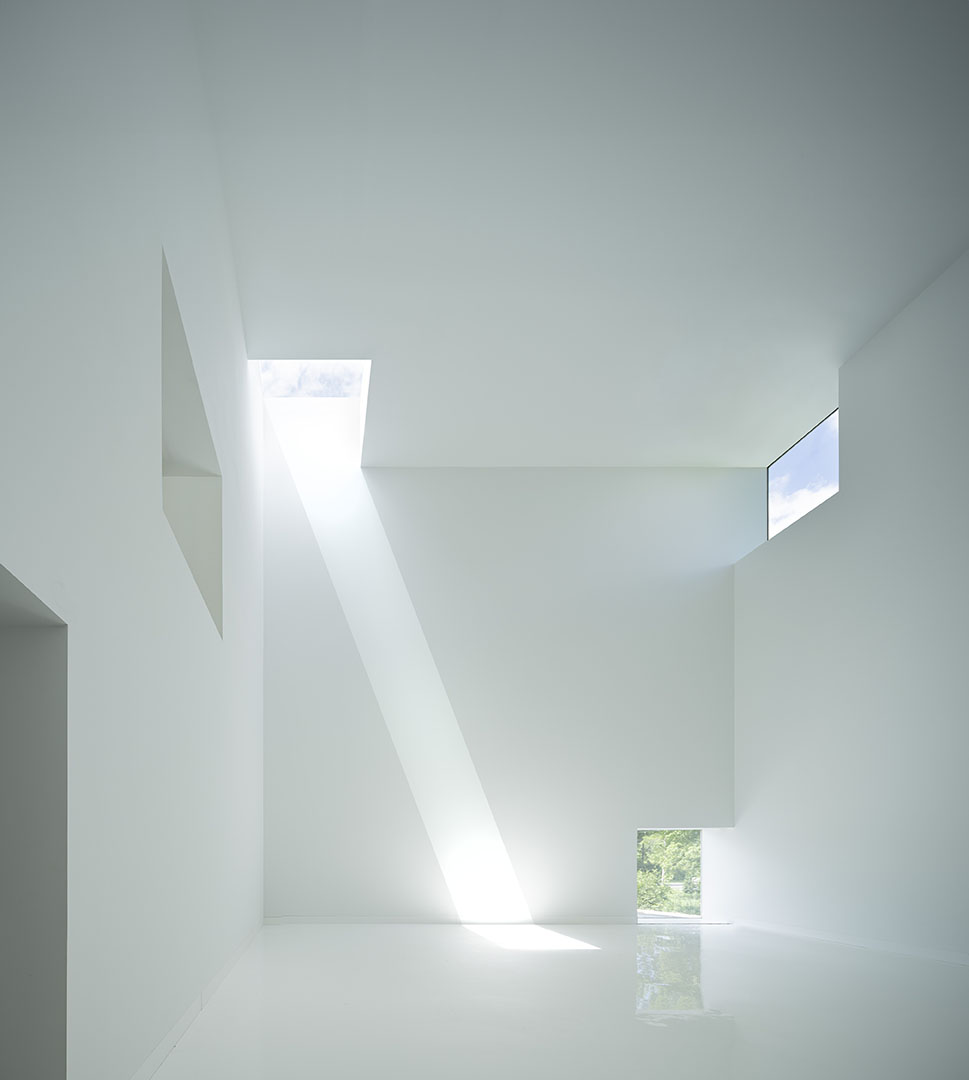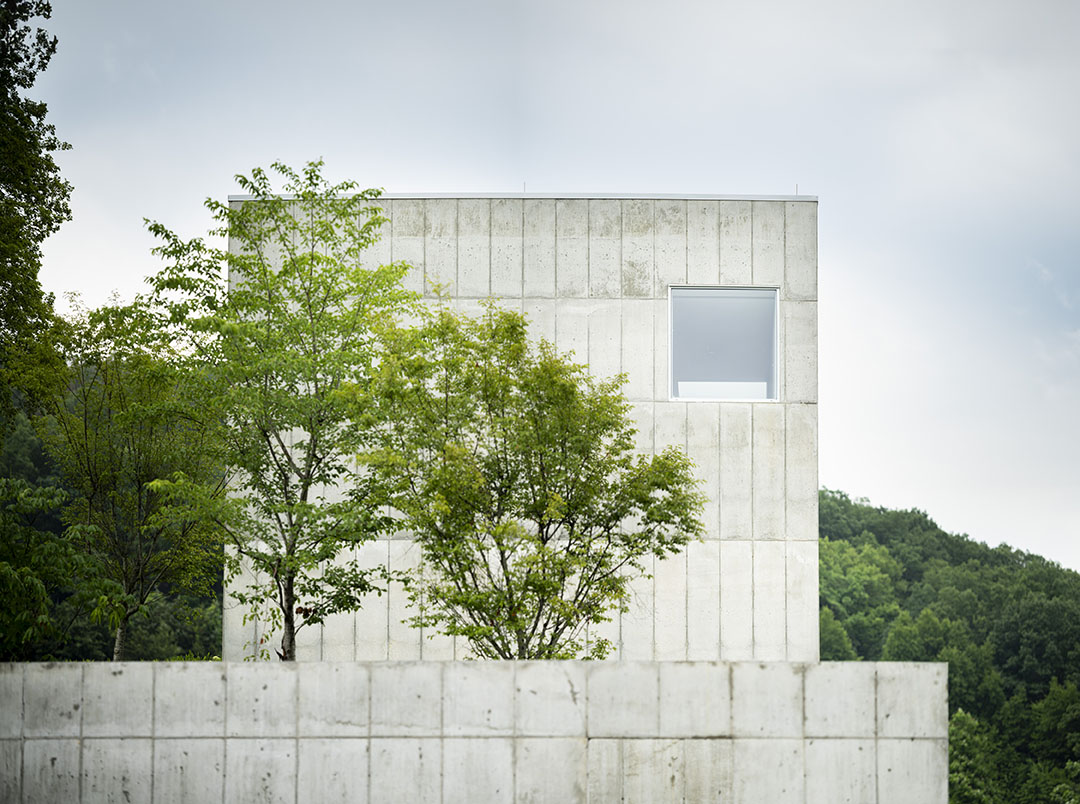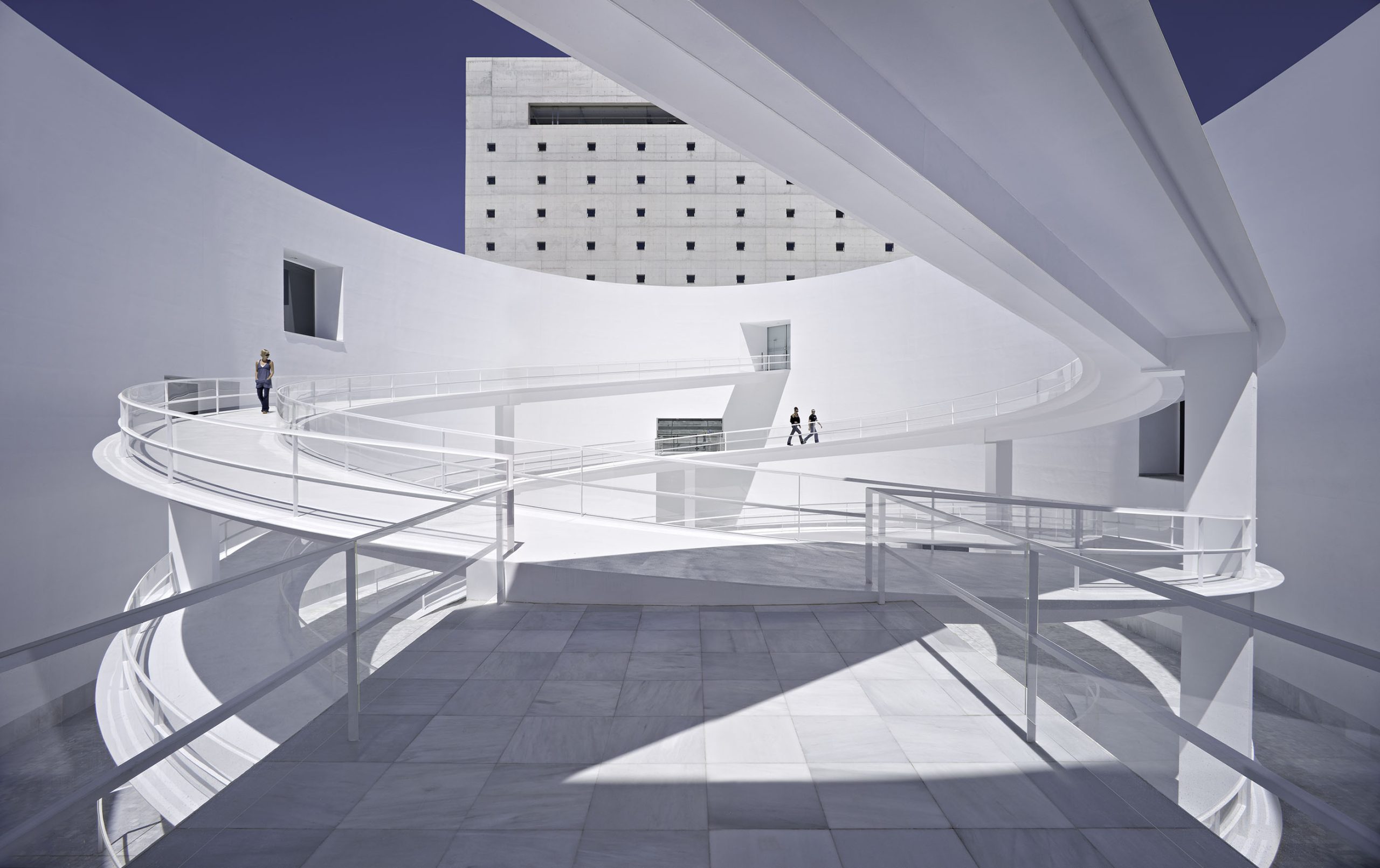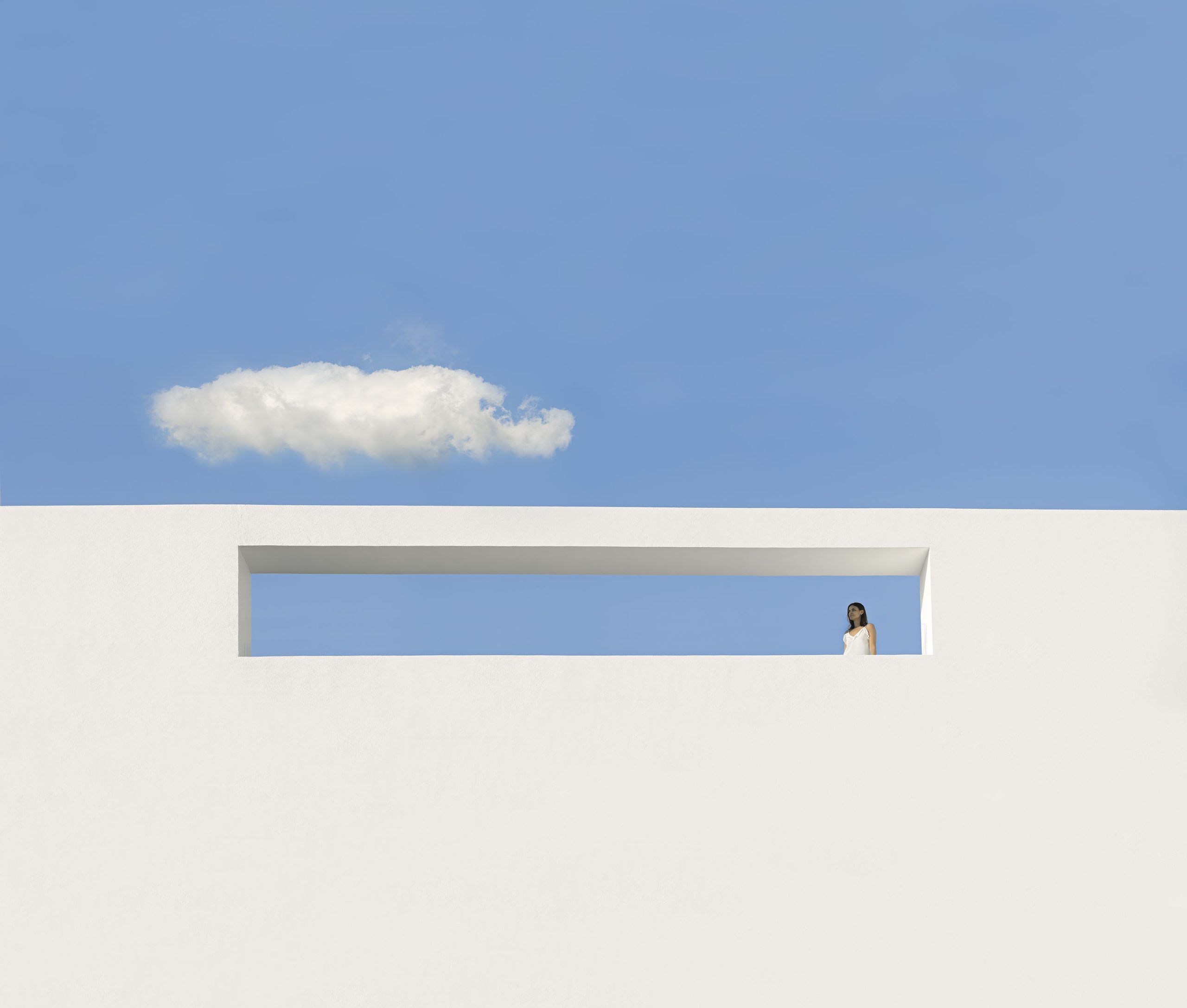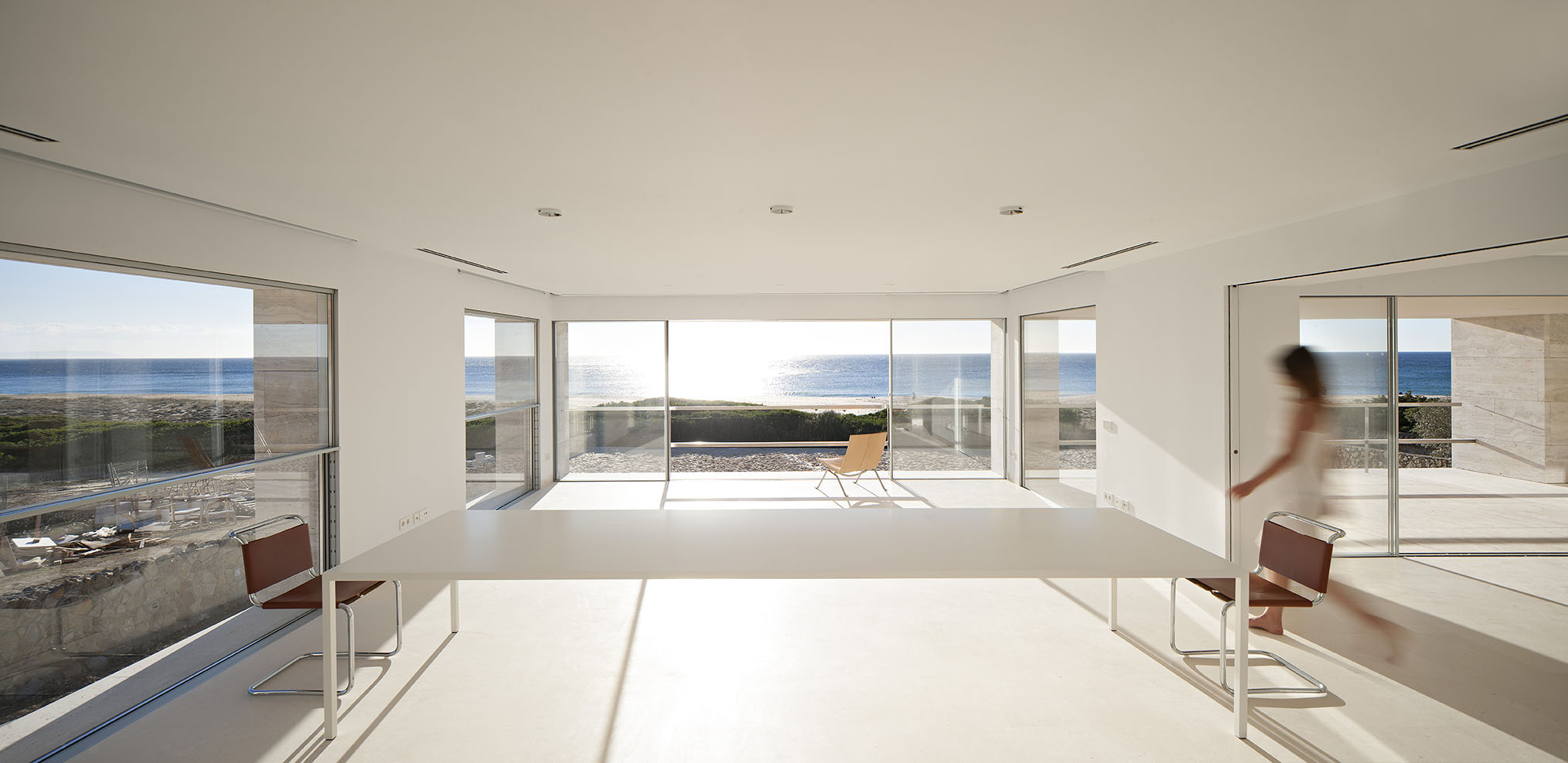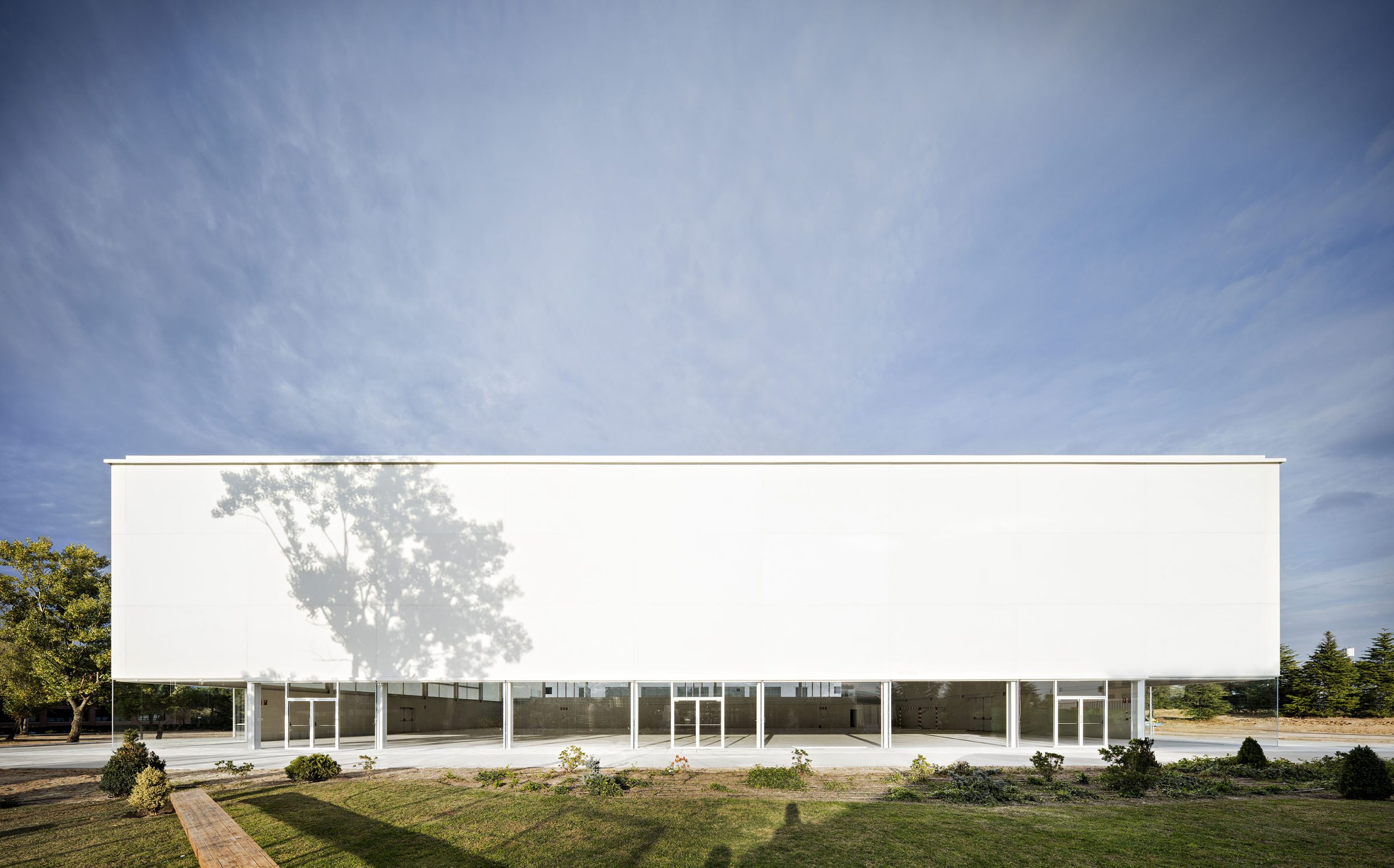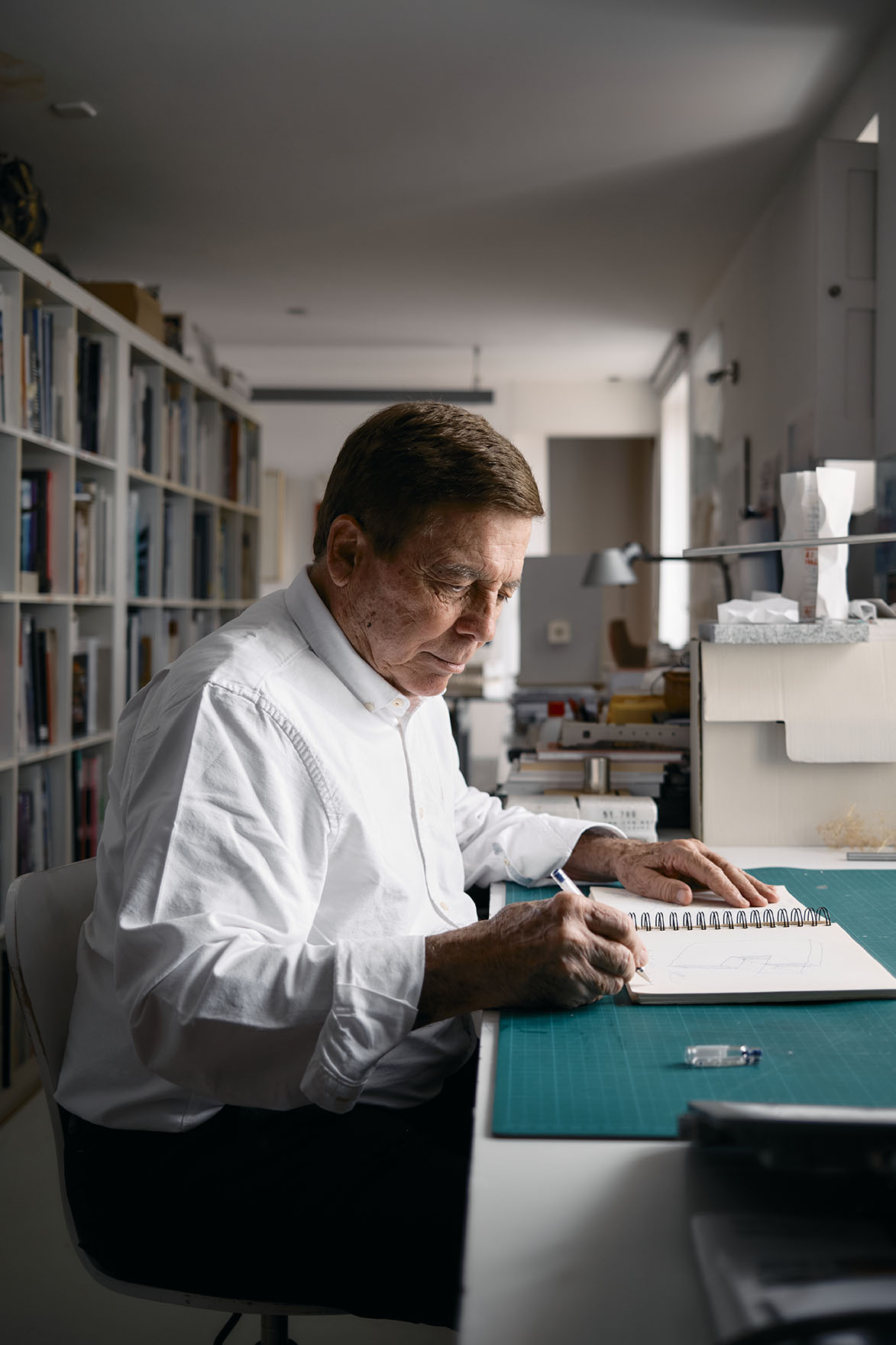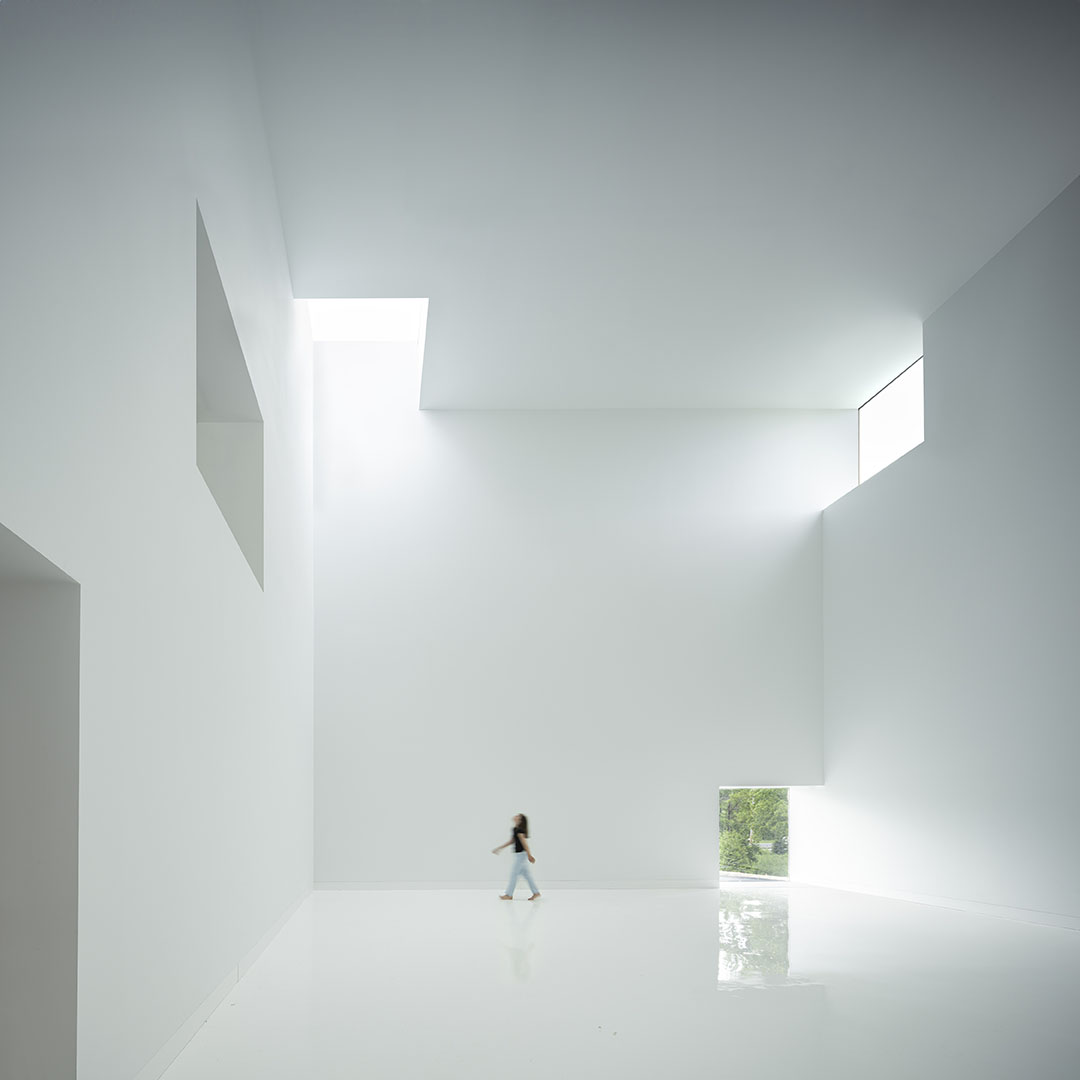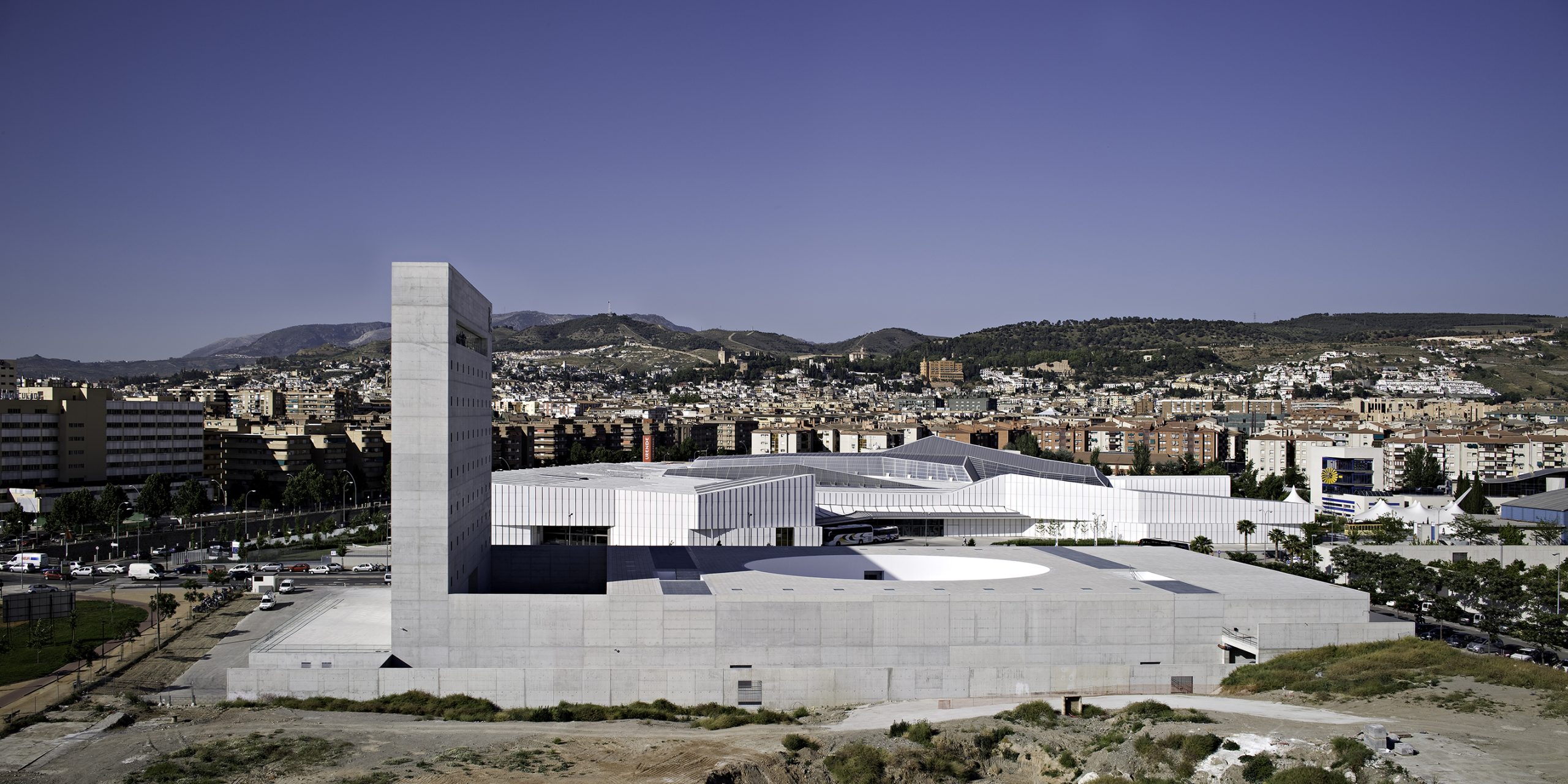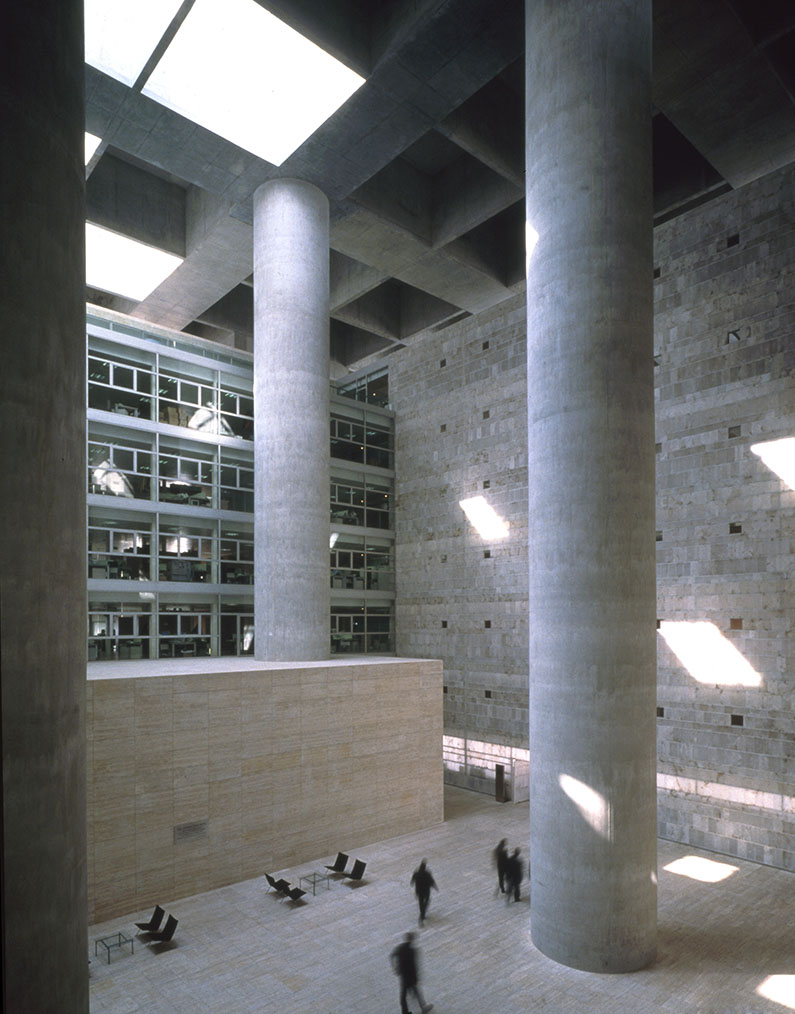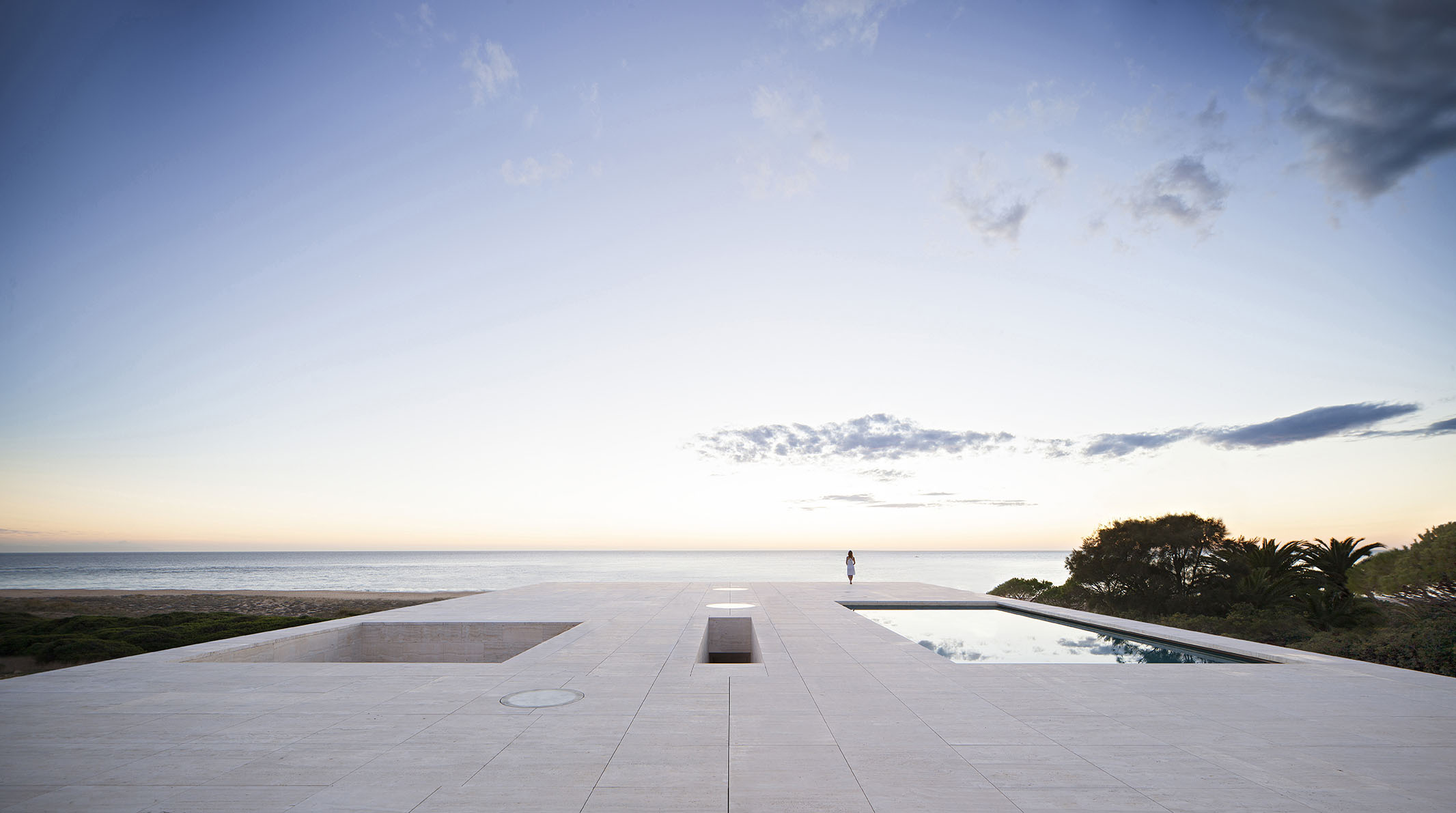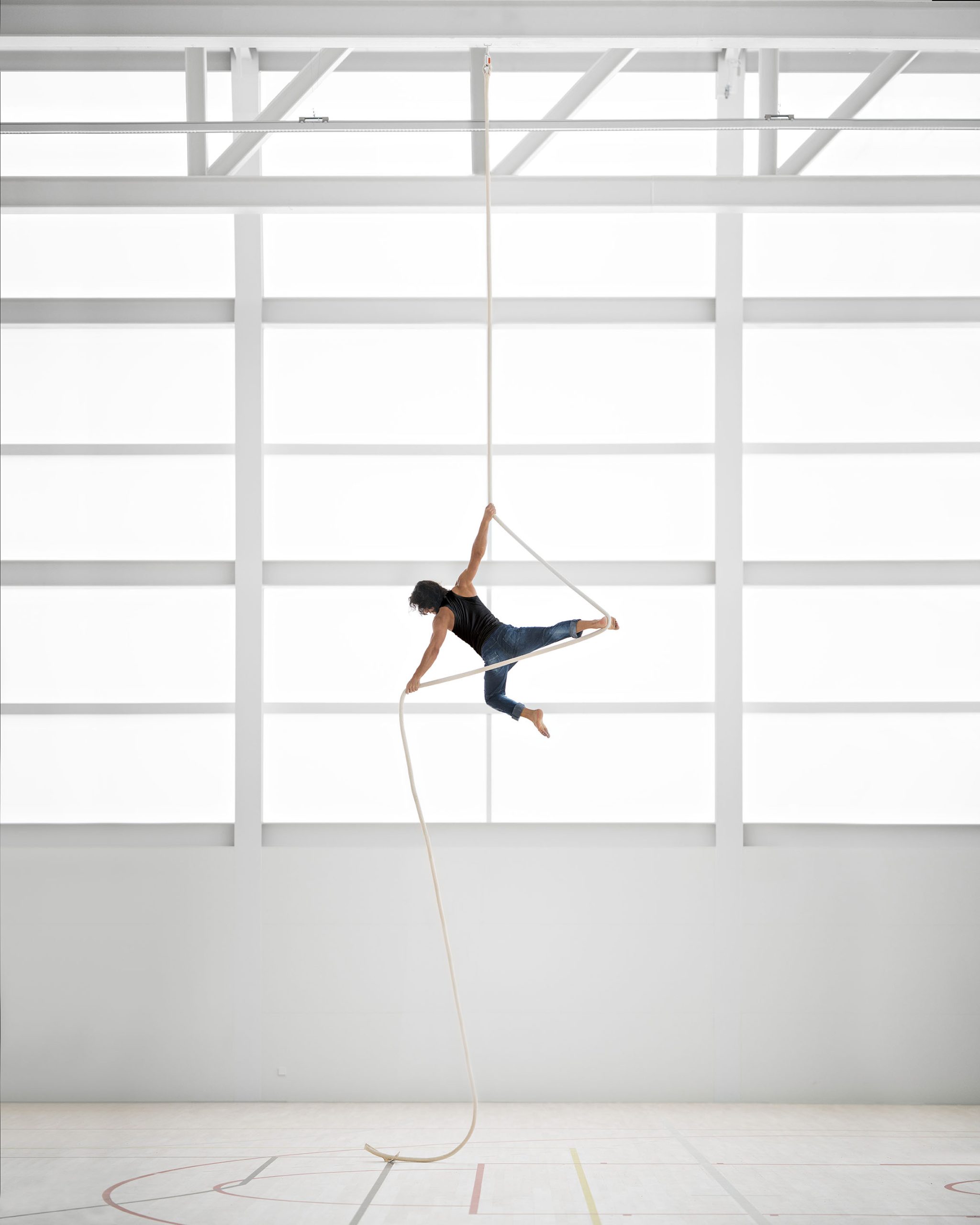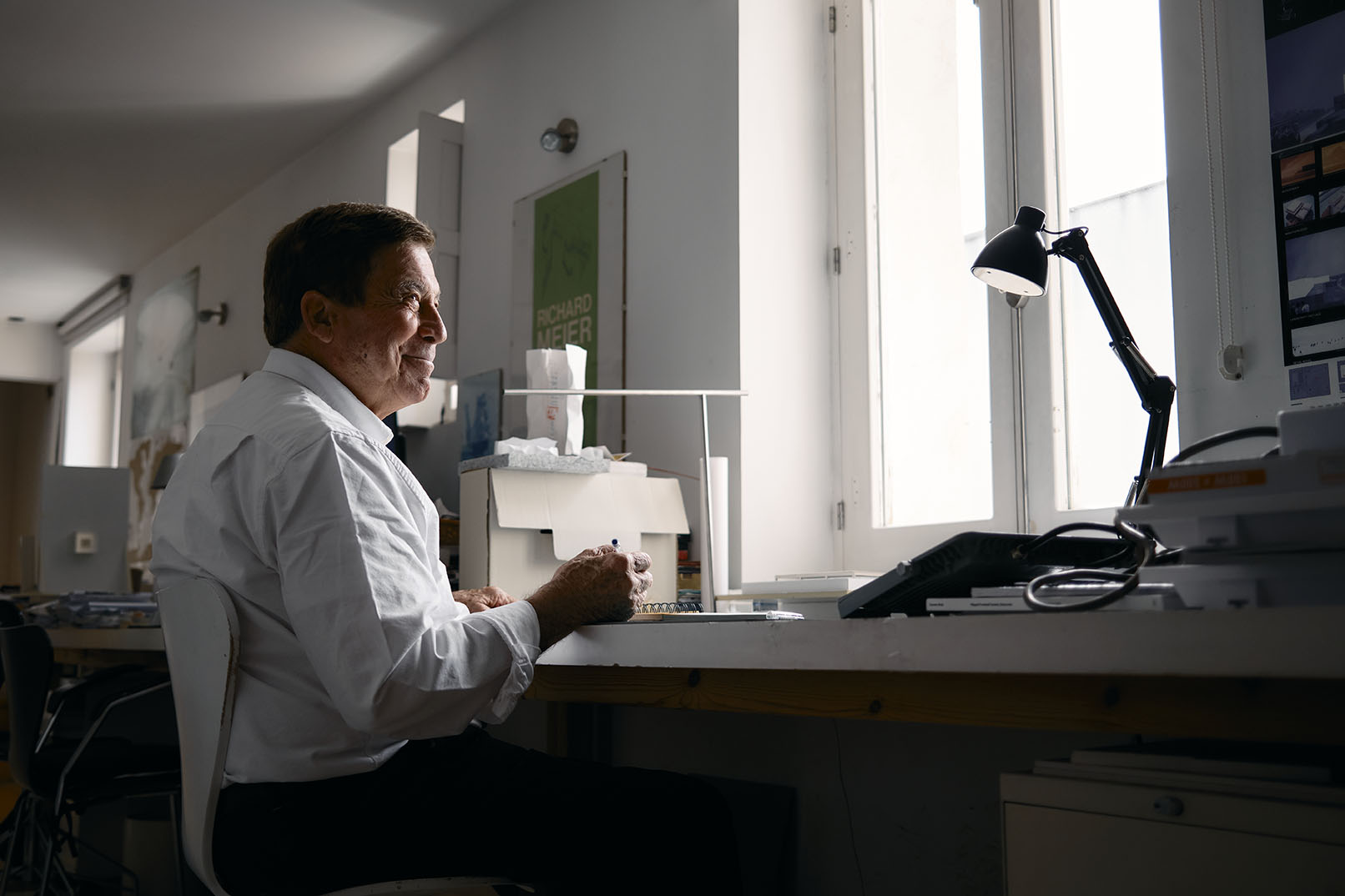THE DAYLIGHT AWARD 2024 — DAYLIGHT ARCHITECTURE
Alberto Campo Baeza
Alberto Campo Baeza is an internationally recognised and widely published Spanish architect, who also served as a highly regarded Professor at the Escuela Technica Superior de Arquitectura de Madrid in 1986-2017. Besides, he has taught and lectured in numerous universities around the world. He is one of the most admired representatives of the contemporary minimalist orientation in architecture who has developed this line of architectural thinking most consistently, subtly, and impressively.
JURY REASONING
His buildings are almost always brilliantly white, both in their exteriors and interiors. They can be categorised as minimalism, due to their extreme reduction of forms and other expressive means, materials, details, and even colour. There is an exception to his elimination of colour; in the Domus Aurea Building in Monterrey, Mexico, there is a huge wall of golden yellow to intensify the presence and meaning of the sun outdoors. His buildings are always based on a simple, regular, rectangular, and repetitious structure, for the purpose of neutralising suggestions of movement and emphasising the presence of light. His buildings may appear as a single white rectangle in the landscape (Casa Guerrera), or a mysterious white horizontal plane with couple of penetrations by the ocean (House of the Infinite). Usually, he has eliminated materiality to maximise the impact and expressivity of natural white daylight. Even windows appear as mere rectangular openings or narrow horizontal slits cut into the walls, instead of being presented as technical devices.His buildings appear to attract daylight on their white surfaces and heighten the presence and healing power of natural light. Light seems to dwell in his white courtyards and interiors, which usually also project a sense of reduced gravity because of the absence of materiality. This utter reduction creates a spiritual or confessional air to his buildings, regardless of their functions. In addition to his numerous, almost archetypically simple, and focused houses, he has designed buildings for a multitude of other purposes, from museums to a bank, office buildings, a sports hall and an urban square, which all share the same intention of ennobling the architectural experience through abstraction and reduction. The architect's unwavering confidence in his minimalist style often projects an air of silent spirituality, which is a rare, but a highly valuable alternative to today's materialist, consumerist architecture.
Campo Baeza is often seen as an "architectural miniaturist" of houses for wealthy clients, but his production is impressively wide and versatile including, for instance, the monumental Caja Granada Savings Bank. Whilst many of his buildings convey an air of lightness and thinned air, the Bank projects a cave-like massiveness and weight, enlivened by columns of sunlight from skylights moving across the walls, gigantic columns, and monumental space.
As most of his buildings are based on a static volume, the Museum of Memory in Andalucia, with its circular geometry, is a forceful demonstration of architectural dynamics. Finally, the purified air of the UFV Sports Center even appears to ennoble sports; the border lines of various sports in their specified colours on the floor abstract it into an elegant horizontal minimalist painting. Also remembering his Mercedes-Benz Museum makes us widen the image of a "miniaturist". The Almeria Cathedral Square (in collaboration with Modesto Sanchez Morales) reveals yet another sensibility, in its severity and regularity, the urban space projects a dreamlike, poetic atmosphere.
Campo-Baeza has numerous brilliant examples of architectural light as directed and focused beams of light creating a sense of focus, drama, and significance. But the uniqueness of his architecture is to make us aware of the presence of daylight around us. Regardless of their modernity, his white buildings continue the ageless tradition of white-washed houses around the Mediterranean, reminding us of the historical fact that this formally severe white vernacular architecture inspired early modernism. Campo Baeza's buildings are usually brilliantly all-white, both in the exterior and the interiors; they appear to be sunk in white light. The whiteness makes the viewer conscious of daylight as a gift, and its seminal importance for all life on earth, as well as for human culture. Alberto Campo Baeza's architecture also makes us aware of the spiritual and symbolising qualities light.

SELECTED PROJECTS
